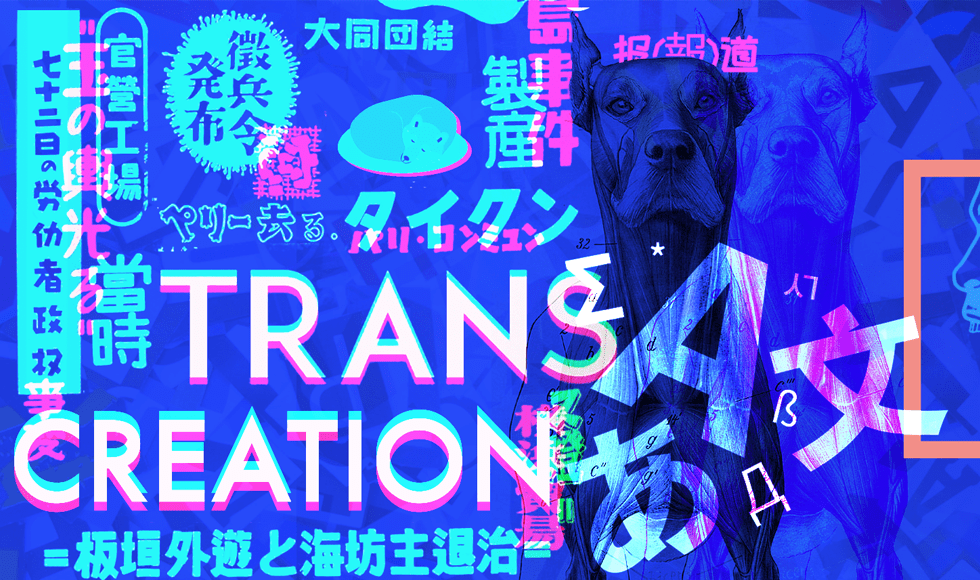With language playing an important role in communication, it’s worth noting that 56.2% of consumers consider the ability to obtain information in their native language more important than the price of a product. Engaging with a global audience and creating meaningful connections requires marketers to not only speak the audience’s language, but also to address local culture and context. After all, knowing the optimal size, colour or location of a Call-to-Action button can make a difference between making a sale and losing a potential customer. Translation alone is insufficient, as evident from KFC’s early days in China, where their famous slogan “finger-licking good” was translated as “eat your fingers off.” By understanding and applying content localization principles to your marketing campaigns, you can avoid such miscommunications and create more resonant messages.
Defining content localization
Content localization involves adapting your product, service or content to a specific culture, language or target population. Localized content appears as if it has been developed within the local culture, fostering familiarity and authenticity for your target audience. A good example is Spotify, which localizes its playlists to cater to different countries by featuring models, clothing, backgrounds and languages that resonate with the local culture, thereby creating meaningful connections.
(Source: Spotify)
Differences Between Content Localization and Translation
Localization and translation might seem similar, but they serve distinct purposes:
> Translation
Basic text conversion from one language to another. Detached ad experience that may not resonate with your target audience. Missed opportunities for integrating cultural nuances into an ad campaign.
> Content Localisation
The translated text includes local phrases, characters and symbols. Cultural adaptation to the target market. Resonating with your audience through personalised content.
Top advantages of content localization
1. Scaling marketing campaigns
When we look beyond borders at an international and multicultural audience, the numbers suddenly get a lot bigger. This is why the process of localization is specifically designed to reach a wider, more global audience. To avoid getting lost in your multiple creative campaigns and your growing audience, the ultimate shift from manual to automated production needs to be made.
2. Maintaining brand control
Ensure brand consistency across markets, regardless of cultural differences, by using universally recognised fonts, colours, shapes and backgrounds.
3. Testing creative variations
Adapt and optimise campaigns based on data gathered from different markets, learning how to provide the best personalised ad experience for potential customers.
With Creative Automation, you have endless possibilities for testing and iterating your ad campaigns. The difference in colour, or location of a CTA button can make a difference between closing or losing a lead.
“Using Storyteq, our team was able to produce 6,000+ ad versions in three months, saving an estimated 550 days of production time.”
Rishwan Ashraf Creative Marketing Manager at Voodoo.
4. Streamlining workflows
Leverage Creative Automation to simplify production and distribution of localised content, ultimately reducing manual labor and overhead while maintaining efficiency and brand consistency.
Key Takeaways
By embracing content localization and learning from examples like KFC and Spotify, marketers can adapt their messages for global audiences, creating authentic connections that lead to better customer experiences and successful outcomes in the international arena. To maximise the potential of content localization, it is important to focus on:
1. Aligning message and tone:
Ensure that your message and tone align not only with your brand identity but also with the cultural context of your target audience. Be aware of potential language barriers, cultural nuances and local preferences.
2. Collaborating with native speakers:
To better understand the cultural context, collaborate with native speakers who know the intricacies of the language and can anticipate any potential miscommunications.
3. Tailoring visuals:
Visuals play a significant role in capturing attention and evoking emotions. Therefore, tailor your images, graphics and video elements to the tastes and preferences of local audiences, keeping in mind cultural sensitivities and norms.
In this case, cultural attitudes towards showing skin differ in these cultures which is why we see that the image and colours are the two primary elements that have been adjusted from the US campaign to the Saudi one for content localization.
4. Leveraging data:
Continuously analyse the outcomes of your localised campaigns, utilising the data to refine your strategies and optimise your messages for improved performance and engagement.
5. Balancing consistency and adaptation:
While maintaining global brand consistency, strike a balance by carefully adapting your content to cater to local audiences.
6. Investing in technology:
With every team seemingly working in different apps and platforms, your teams can struggle to get things done effectively. With some people working from home and some from the office, keeping your team aligned can be particularly challenging.
Adopt technologies like Creative Automation into your workflows to streamline your localised content production processes, save time and reduce costs.
Wrapping up
In conclusion, understanding the differences between translation and content localization is can help marketers to succeed across global markets. By prioritising contextually relevant and culturally sensitive content, brands can effectively engage with diverse audiences while avoiding embarrassing mistakes that may hinder their reputations.
Implement these best practices to ensure that your localised campaigns strike a chord with your target audiences, ultimately cultivating loyalty and driving growth across multiple markets.



